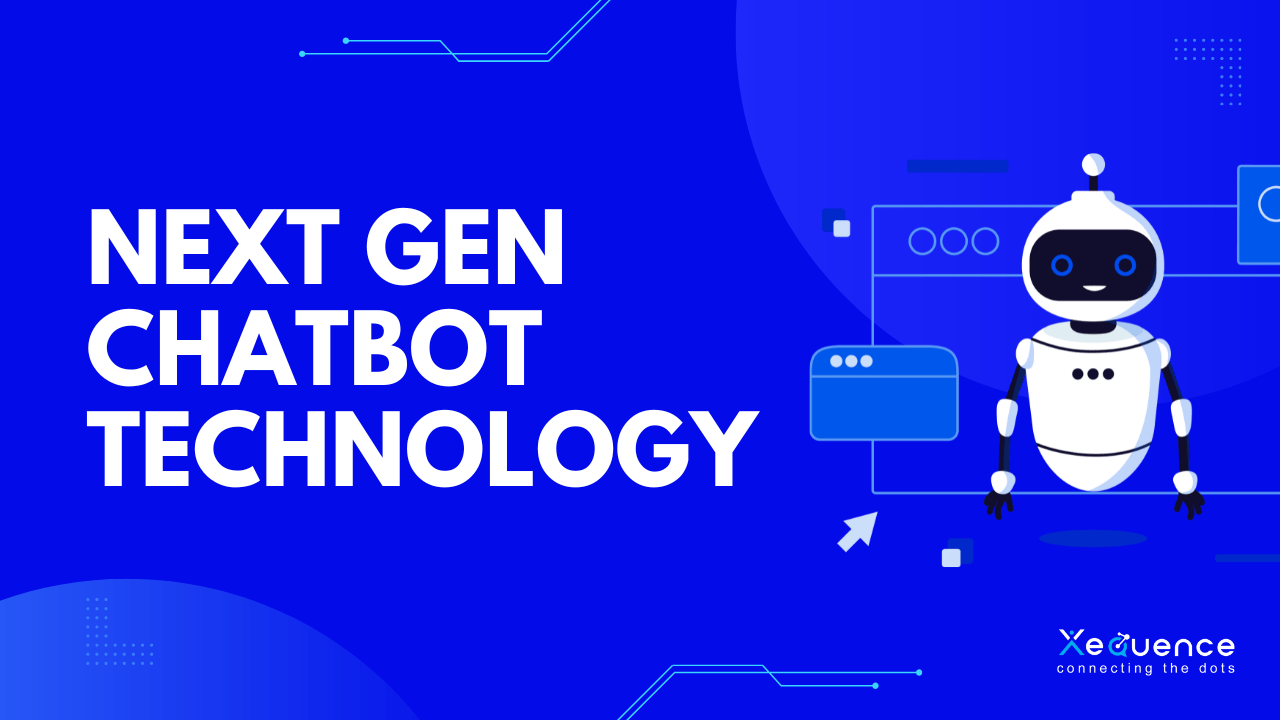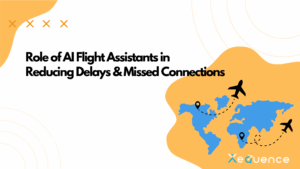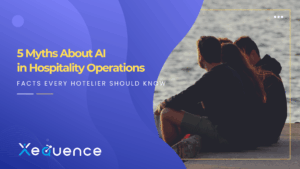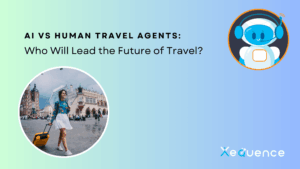- Home
- Artificial Intelligence
- Exploring the distinct aspects of next-generation chatbots
Exploring the distinct aspects of next-generation chatbots
- March 1, 2024
- Suraj Kumar
- Artificial Intelligence, Chatbot, Gen AI

What is Next Generation AI Chatbot?
Artificial intelligence refers to machines that can duplicate certain aspects of human intelligence, including reasoning, perception, learning, problem-solving, language interaction, and creative output. It has been incorporated into the field of education in the last ten years. For example, Nipun Assessment Test (NAT) in the Indian state of Uttar Pradesh uses AI to evaluate the abilities of 1.6 crore students in grades 1 through 8. In certain schools, this technology is used to organize student performance data. AI also enables language translation and gives students personalized learning resources. One of the most popular term in the AI is currently used is Gen AI. Generative AI, a special branch of artificial intelligence, has gained popularity in the past few years. By analyzing preexisting data sets with deep learning, generative AI generates new outputs. It is more than just the machine learning. Some well-known examples of generative AI are ChatGPT and DALL-E, which can use text prompts to create artistic images. Curiosity and Interests have been raised by the emergence of generative AI. Although there isn’t yet a definitive conclusion, the potential has created a wealth of opportunities. This write-up examines a few of these options and emphasizes the successful integration of generative AI in hotel industry and in the field of education.
What exactly a next-generation chatbot?
Next-generation chatbots are conversational agents that use machine learning techniques and neural networks to understand language and reason about various topics. These are also known as Gen AI chatbots. They can generate unique responses based on user input, rather than templates or scripts. They can also generate fresh ideas, solutions, and material.
What is an API?
API is described as the user interface through which machines or computer programmes communicate with other applications to transmit and receive data. API stands for Application Programming Interface. APIs provide as a “communication link” between several applications, allowing them to retrieve and send data from connected sources. API transmits your message or requests to the source or programme and returns the response to you.
APIs are now the most popular method of transferring data from one source to another, and they do it without the need for human intervention. Almost every company that serves clients through digital channels makes use of APIs to retrieve and distribute user data to appropriate teams.
Why is Generative AI a big deal?
When you need a creative push, generative AI can step in. When you are trying to write an essay for school, create a new recipe, or design a logo for your startup, you know how sometimes you can get stuck in a creative rut. It can make drafts, provide ideas, and even finish designs from scratch. It is comparable to having a partner who is both endlessly creative and never runs out of ideas.
However, the solution of large, difficult problems is just as important as individual creativity. Consider the situation with climate change. Though the problem is so large and complex that it’s difficult even to know where to begin, scientists and researchers are working nonstop to find answers.
A taste of this technological magic is also being felt in the entertainment sector. Generative AI is slowly but surely making a name for itself in a variety of fields, including background music composition, virtual character creation, and screenplay writing for films and television shows. It’s similar to having a whole creative department contained within one computer program.
What makes generative AI so important? Considering that it is extremely promising, powerful, and adaptable. With its aid, we can solve challenging issues, unlock new possibilities, and overcome obstacles to creativity.
What makes it “next-gen”?
It seems that you understand the significance of generative AI. What, however, distinguishes Next-Generative AI from its forerunners? In this technological journey, why is it regarded as the “next level”? The key to this version of generative AI’s significance is its advancements – specifically, its increased speed, intelligence, and capabilities.
Let me first discuss the role of speed. When it came to processing vast amounts of data or producing complex outputs, earlier iterations of generative AI were impressive, but they could be a little slow. The contrast is that Next-Gen Generative AI is similar to a sprinter who can also run a marathon. It is more productive and user-friendly because of its speedy data analysis and result generation. As a filmmaker, picture yourself in dire need of a script quickly. In a small fraction of the time it would take a team of human writers, Next-Gen Generative AI could produce a draft.
To some extent, this entails comprehending subtleties, context, and even emotions. The next-generation AI could consider factors such as the desired mood, the instruments to be used, and even the cultural background of the intended audience when composing music, for example, if you are using chatbot for hotels. It feels like having a creative collaborator who shares your vision and contributes their own perspectives.
Its capacity for learning and adaptation, however, is what really makes Next-Gen Generative AI unique. The algorithms and training data that drive traditional generative AI determine how it functions. By gaining knowledge from its interactions and experiences, Next-Generative AI surpasses traditional AI. It is therefore more accurate and becomes better with time, much like a human becoming more skilled at a certain task. See a system that uses generative AI to assist in game design. Its understanding of what constitutes an engaging and successful game gets better with each game it designs.
The future of generative AI is promising and expanding
- Advancements in controlled generation, unsupervised learning, and reinforcement learning show promise for improving generative AI capabilities and opening up new applications.
Gen AI can bring unlimited speed and creativity to copywriting and design research. - The performance of Gen AI will be able to compete with the top 25% of humans in the next few years.
- Students are likely to receive the required training and educational content as per their specific needs.
- Gen AI will determine optimal educational strategies based on the individual learning style of every student.
- Generative AI has established itself in a variety of industry sectors and is fast growing into commercial and consumer industries.
Conclusion
Ultimately, the upcoming AI generation has a great deal of potential to transform industries, improve human capabilities, and solve urgent global issues. AI systems are getting smarter and more capable of managing complicated tasks thanks to developments in deep learning, reinforcement learning, and neural network architectures. To guarantee that AI develops and is used in a way that best serves humankind, ethical issues including bias reduction, privacy protection, and employment displacement must be properly taken into account. We can direct the development of AI toward a future that is inventive and morally sound by encouraging cooperation between scientists, decision-makers, and industry participants.
Recent Posts
5 Myths About AI in Hospitality Operations | Facts Every Hotelier Should Know
Newsletter
Get regular updates on data science, artificial intelligence, machine
You may also like

How AI Flight Assistants Reduce Flight Delays and Missed Connections

5 Myths About AI in Hospitality Operations | Facts Every Hotelier Should Know

10 Reasons AI Chatbots Are Transforming Hotel Front Desk Operations




